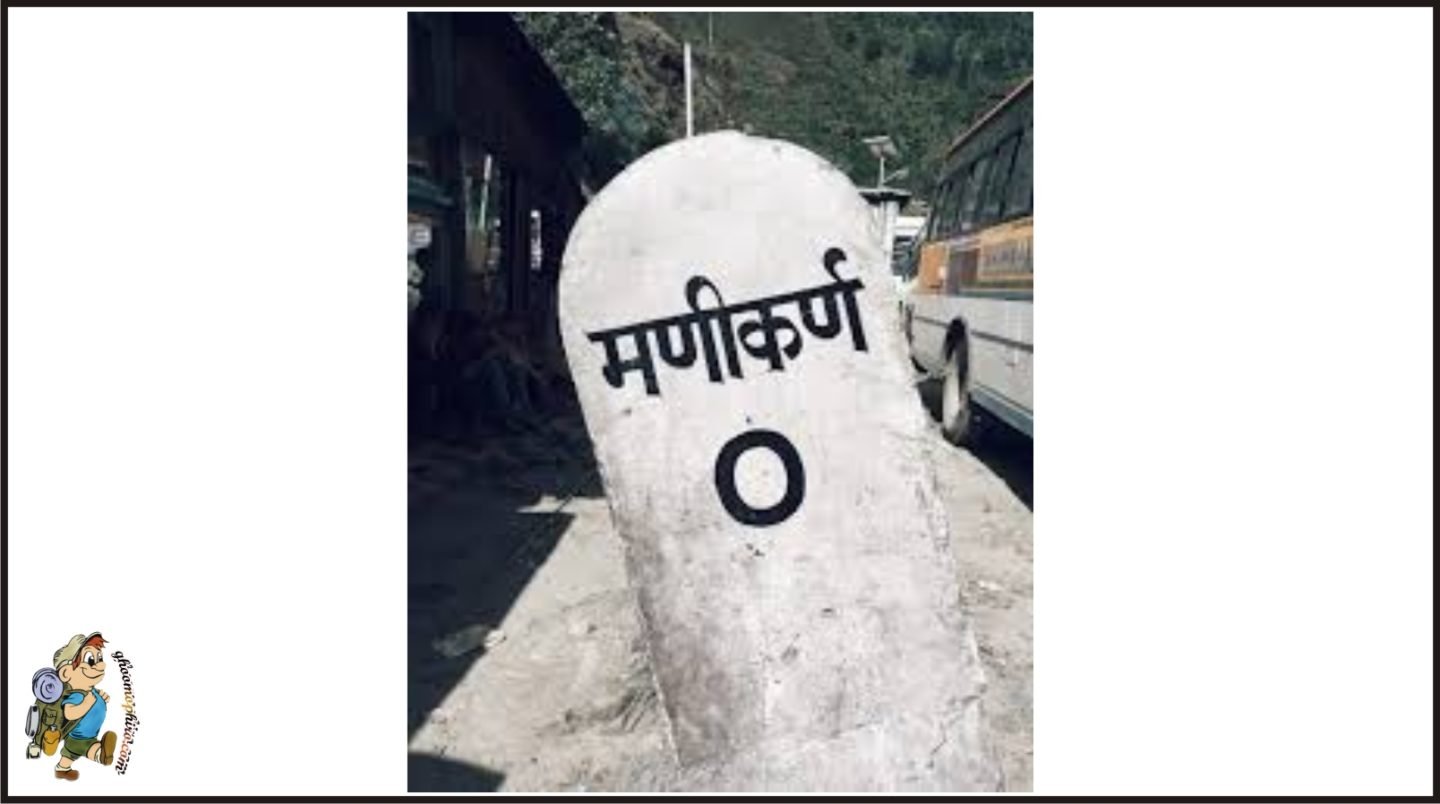The Parvati valley located in the north Indian state of Himachal Pradesh may be known for its beauty and the spiritual essence that one gets to witness when they arrive here. But there are many little and big places located in and around the valley that is a definite delicious treat to the human senses. One such places are Manikaran, one little enchantress of a place. Located on the Parvati River Manikaran is in the popular Kullu district of the state. A short trip from Kullu or Manali will bring you here in a few minutes if you are fast enough. There are many places around here and many things to do. Let’s just look at the different things Manikaran is known for.
The temples and the religious places- The place basically acts as a two in one package. There are many religious places located here for the Hindus and the Sikhs that calling it a pilgrimage for both the communities won’t be exaggerating. The Hindus hold the belief that Manu recreated the human existence here when it was once vanished from the planet due to heavy floods. The place also holds some very detailed mentions in the Shiva Purana. And as result, Shiva temples are in abundance here. And being located in the Parvati valley, named after Lord’s wife, there has to be some real religious significance about the place.
Trekking- When we talk about the mountains from a tourist’s perspective, one of the very first things that come to mind is Trekking. There are ample places for some adventurous trekking in the area. The most popular one being the trek to Lahaul and Spiti, both are widely popular in their own way. The trek of a few kilometers takes you through the lush greenery and beautiful picturesque visuals.
Hot springs- One other thing the place is famous for is the hot springs. Water from them is known to be holy and known to cure even the deadliest of diseases. The researchers, of course, are against the claim but they have said that the water here is containing uranium and some chemicals which may come somehow handy in curing some skin ailments. The water in these hot springs is sometimes so hot that you can boil rice in it. These things aside, the place looks beautiful as any other place in the area. The enchanting beauty of the place is one big reason for the herds of tourists that come here every year, primarily in the summer time.
Harinder Mountain- The little place is surrounded by the beautiful and snow-capped mountain ranges of Harinder. The view of the place from these mountains is magical and makes you sit down there are keep gazing into Manikaran for hours. In the night hours, the magic reaches another level of surrealism and makes it a spine-chilling treat for the eyes and other senses.
There are many other places located in the place such as the Shiva Mandir and the very famous Gurudwara Sri Nanak Dev Ji that attracts a lot of tourists. Summer is the best time to make a trip here as most of the snow would have been melted and the place would be at its beautiful best.
